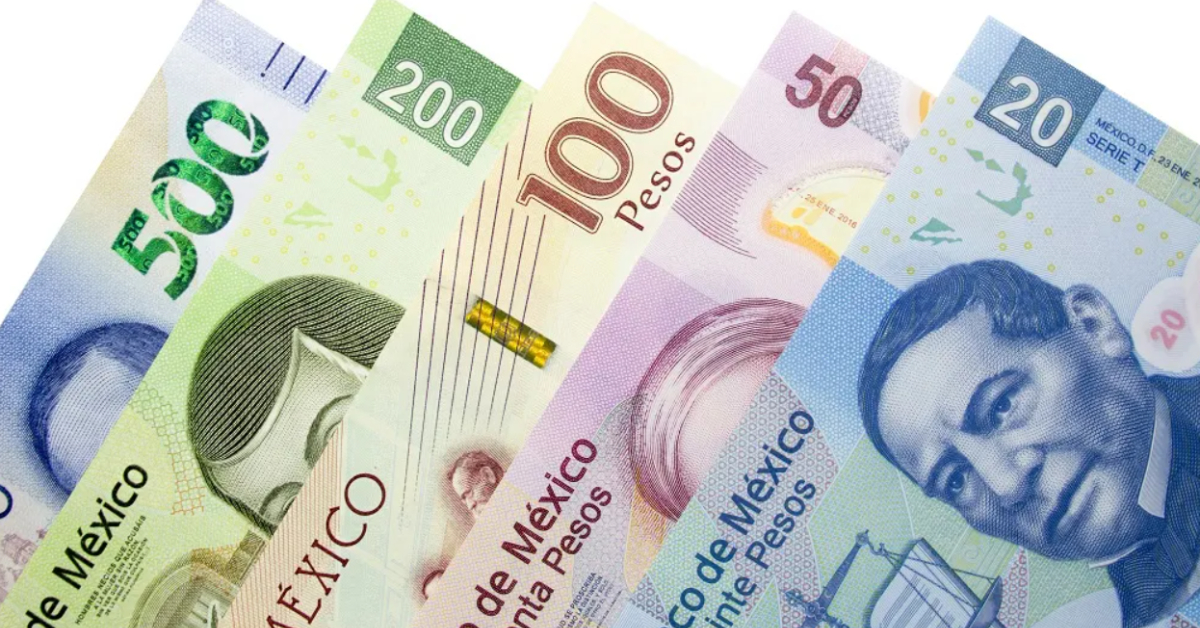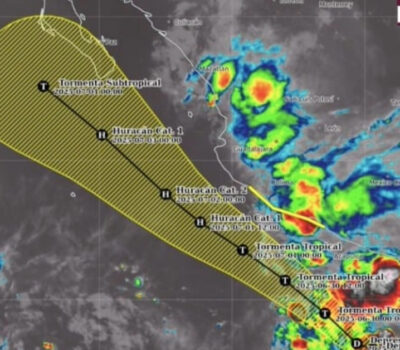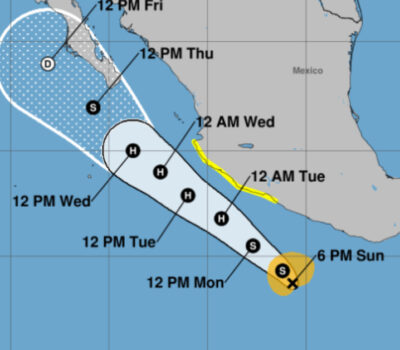Puerto Vallarta, Mexico – The Mexican peso experienced a significant decline on Thursday during a session marked by high volatility. The local currency lost ground in the wake of the Bank of Mexico’s (Banxico) monetary policy announcement, coinciding with the unveiling of new members of the upcoming government’s cabinet.
At the close of trading, the exchange rate stood at 18.4088 pesos per dollar, compared to 18.3648 pesos per dollar the previous day, according to official data from Banxico. This reflects a moderate decline of 4.40 cents, equivalent to a 0.24 percent decrease.
Throughout the day, the dollar fluctuated within an open range, reaching a high of 18.4665 pesos and a low of 18.2805 pesos. Meanwhile, the Dollar Index (DXY) of the Intercontinental Exchange, which tracks the greenback against six major currencies, fell by 0.12 percent to 105.93 units.
Banxico’s Decision and Market Reaction
Banxico announced on Thursday that it would maintain its reference rate at 11 percent, a decision made with a split vote. The central bank emphasized that the ongoing challenges on both sides of the inflation equation necessitate a continued cautious approach to monetary policy.
Following the announcement, the peso exhibited volatile behavior, initially strengthening by up to eight cents before reversing course and losing ten cents. “The balance of risks remains tilted to the upside, so Banxico will continue to monitor various factors that could impact inflationary pressures,” said Juan Carlos Cruz, a professor at EBC. Cruz indicated that the exchange rate is expected to range between 18.20 and 18.60 pesos in the near term.
Impact of Cabinet Announcements
Earlier in the day, the presentation of new profiles for Claudia Sheinbaum Pardo’s government cabinet caused the peso to slip to 18.40 pesos per dollar, after initially hovering near the previous day’s close.
The peso is on track to end the month with a substantial loss, largely due to the uncertainty stemming from recent political developments. Having closed May at 16.9682 pesos per dollar, the currency has depreciated by 1.44 pesos, or 8.49 percent, this month.
Monday’s inflation data, which drove the peso to its monthly low of 17.8913 pesos per dollar, provided only temporary relief. Since then, the peso has fallen by 51.75 cents, or 2.9 percent. Investors remain highly attentive to political news and its potential impact on the currency.
Economic Data from the United States
Economic indicators from the United States also played a role in the peso’s decline. Early in the day, data suggested that the Federal Reserve might not cut interest rates this year, pushing the peso above 18.40 pesos per dollar.
U.S. gross domestic product (GDP) grew by 1.4 percent in the first quarter, meeting expectations and surpassing the previous figure of 1.3 percent. Additionally, new claims for unemployment benefits totaled 233,000 last week, slightly below the anticipated 235,000.
As investors look ahead, attention is focused on the release of the personal consumption expenditures (PCE) price index, the Federal Reserve’s preferred inflation measure. The PCE data, set to be released tomorrow, is expected to provide further insight into the central bank’s next steps.
Outlook and Investor Sentiment
The Mexican peso’s recent performance underscores the broader economic and political uncertainties influencing investor sentiment. While Banxico’s decision to hold the reference rate steady was anticipated, the market’s response reflects ongoing concerns about inflation and the economic outlook.
With the peso showing signs of continued volatility, market participants will be closely monitoring both domestic political developments and international economic data for further cues. The upcoming release of the PCE inflation index in the U.S. is particularly significant, as it may offer additional clarity on the Federal Reserve’s monetary policy trajectory.
Puerto Vallarta, Mexico – The Mexican peso experienced a significant decline on Thursday during a session marked by high volatility. The local currency lost ground in the wake of the Bank of Mexico’s (Banxico) monetary policy announcement, coinciding with the unveiling of new members of the upcoming government's cabinet.












